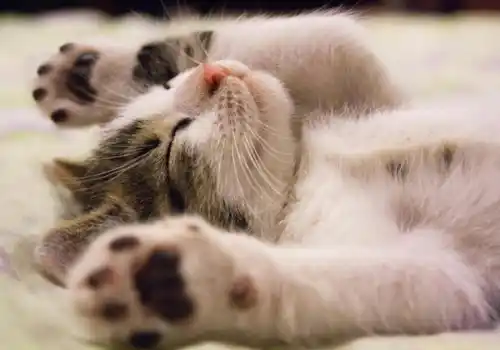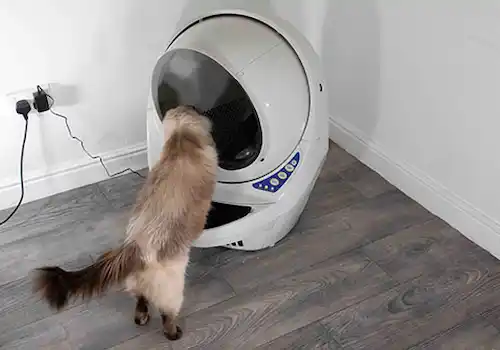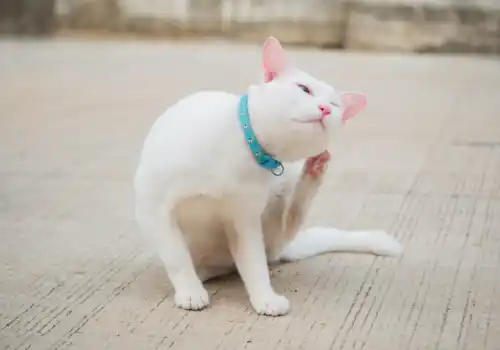Many different conditions of the upper respiratory tract (air passages connecting the nose to the throat) can leave cats with a long-term nasal discharge (rhinitis)...
 On average, we humans catch around three colds per year with each lasting about a week. That’s at least 21 days we spend feeling bunged up, croaky, and a little sorry for ourselves. When our noses are out of action, we bypass the congestion by breathing through our mouths. Cats can’t adapt to a blocked nose this easily. As ‘obligate nose breathers,’ they only breathe through their mouths as a last resort.
On average, we humans catch around three colds per year with each lasting about a week. That’s at least 21 days we spend feeling bunged up, croaky, and a little sorry for ourselves. When our noses are out of action, we bypass the congestion by breathing through our mouths. Cats can’t adapt to a blocked nose this easily. As ‘obligate nose breathers,’ they only breathe through their mouths as a last resort.
Many different conditions of the upper respiratory tract (air passages connecting the nose to the throat) can leave cats with a long-term nasal discharge (rhinitis). Other symptoms include sneezing and noisy breathing. If your cat develops a snotty nose or any breathing issues (open mouth breathing can be a sign of serious lung conditions), speak to your vet for advice.
What causes rhinitis?
- Post-viral Viral infections (feline herpesvirus or feline calicivirus) contracted as a youngster can permanently harm the nasal mucosa (lining of the nose) and nasal turbinate (bones behind the nose). The resulting long-term damage causes frequent, secondary bacterial infections.
- Fungal infections The type of fungal infection depends on where you and your cat live in the world. Inhaled, air-borne fungal spores attack and damage nasal tissue.
- Foreign bodies A sudden onset nasal discharge could be a sign your cat has inhaled something. Vets often fish blades of grass and seeds from cats’ noses (under general anaesthetic of course). I once removed a 5cm twig from a young cat’s nostril!
- Polyps The most common polyps (small growths) originate in the middle ear and extend down the eustachian tube (tube connecting the nose to the ear). Sometimes tiny polyps grow within the nasal cavity. Whatever their origin, polyps can obstruct a cat’s breathing and cause infection.
- Cancer Destructive cancers of the nose (usually lymphoma or adenocarcinoma) cause nasal discharge that becomes bloody over time.
- Allergies Cats don’t commonly have ‘hay fever’ although occasionally an allergy can cause rhinitis.
- Teeth Dental abscesses around teeth roots can press into nasal cavities.
- Breed Extremely flat-faced cats have narrowed nasal passages making them more susceptible to rhinitis.
How can your vet help? To investigate the cause of your cat’s rhinitis, your vet may recommend tests including: blood and urine tests, X-rays of the nose, neck, and chest, rhinoscopy (inserting a camera into your cat’s airways), and biopsy (taking tissue samples). Your cat’s treatment very much depends on their individual symptoms and addressing the underlying cause. Long-term medication (including antibiotics and decongestants) or surgery (to remove polyps and foreign bodies or treat fungal infections) can all help keep your cat comfortable.







